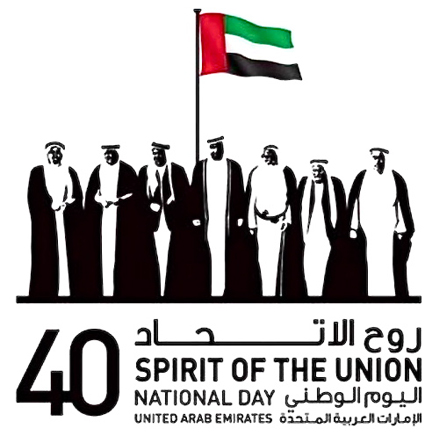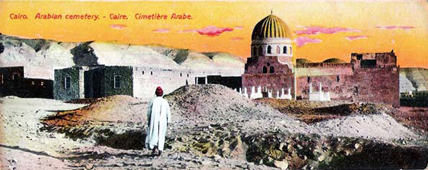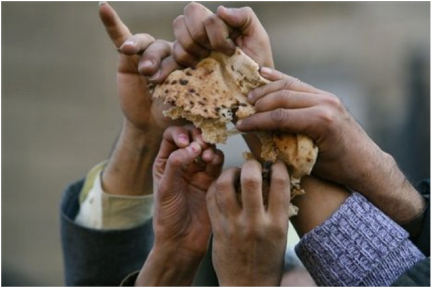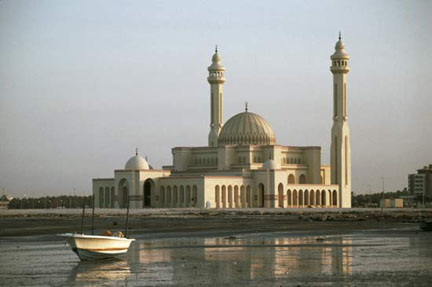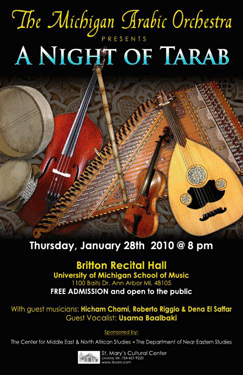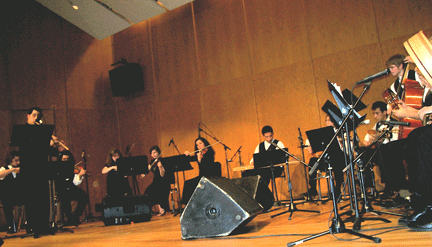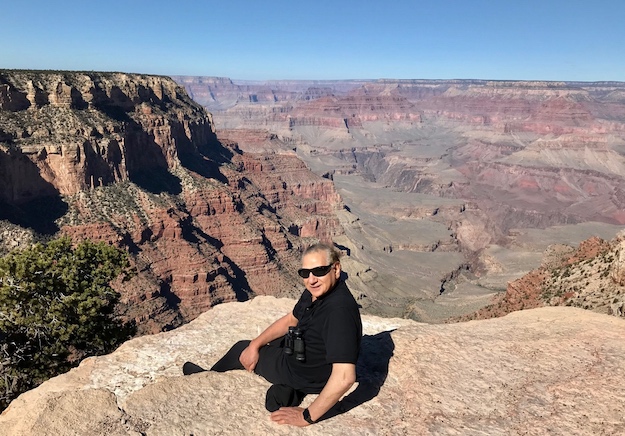
By El-Sayed el-Aswad
This article relates to a previous paper entitled “Egyptian Cosmology and the Grand Canyon” published by Tabsir on September 1, 2007. I revisited the Grand Canyon in October this year (2021) to have a closer look that might help with rethinking earlier views. In this present thesis I aspire to shed more light on the obfuscated issue of ancient Egyptians and other past people who are thought by several explorers to have impacted the Grand Canyon and other places in the North America prior to the arrival of Columbus. In fact, there has been ongoing debate since the appearance of a front-page story of the Arizona Gazette on April 5, 1909 reporting on an archeological expedition of the Grand Canyon in which an underground network of tunnels, caves and cities was found above the Colorado River, containing various oriental and ancient Egyptian artifacts, statues, hieroglyphs, and mummies, among other items. The report in the Arizona Gazette relied on the findings of G. E. Kinkaid and Professor David Jordan (McEwen, 2000; Reyes, 2019). It is interesting to note that, preceding them, John Wesley Powell, an American geologist and the first director of the Smithsonian’s Bureau of Ethnology, made several expeditions funded by the government, to the area in 1868 and 1871-1872, and proposed the name of the “Grand Canyon” instead of the previous name, the “Big Canyon.” Powell and other explorers coined historically and mythically inspired names of temples and towers including those of Isis, Osiris, Horus, Ra, Set, Cheops Pyramid, and Shiva, for example (Carpenter, 2020) for some of the outstanding and poignant geographical features/sites in the Canyon.
The following points highlight the controversial aspects or pros and cons concerning the findings of Kinkaid reported by Arizona Gazette.
1- The Smithsonian Institute, motivated by conspiracy theories, rejected both the findings of Kinkaid and the Gazette’s report.
2- The Smithsonian Institute described the report of the Arizona Gazette as a hoax aimed at gaining publicity and selling more copies.
3- The Smithsonian’s Department of Anthropology denied hiring Kincaid and Professor Jordan for conducting any research. It also denied any records verifying the existence of Kincaid or Professor Jordan (Carpenter, 2020).
4- Government institutions have been involved in protecting what they consider a forbidden zone encompassing secret caves and sensitive areas in the Grand Canyon, even guarding them with armed forces. People have not been allowed to approach these caves. This forbidden zone contains Egyptian and oriental monikers as well as ancient manmade chambers (Carpenter, 2020).
5- Those who support the findings of both Kinkaid and the Arizona Gazette’s report argue that the Smithsonian Institute intended to cover up archeological discoveries in order to preserve the current view that there was no transoceanic contact in pre-Columbian time (Eisten, 1999) and that the ancient Egyptians never ventured outside of the river Nile (CNY Artifact Recovery, 2013).
6- Several authors have indicated that the Smithsonian, in its rejection of the historical findings, referred to the Phoenix Gazette rather than the Arizona Gazette, which might be considered an error, but might also be viewed as a cover-up (CNY Artifact Recovery, 2013; McEwen 2000).
7- The government has been criticized for its role in covering up historical and archeological discoveries that oppose traditional academic teachings (Carpenter, 2020). As Don Lago (2009) put it, when the Smithsonian and the government deny the reality of the Egyptian cave, they are denying the existence of the spiritual world; they become symbols of the secular worldview.
8- Supporters of the findings of Kincaid and Jordan state that Professor D. S. Jordan, who served as President of Indiana University (1885-1891), and as President and then Chancellor of Stanford University (1892-1916), was affiliated with the Smithsonian for a 30-year period (1880-1910), when he was offered a top job at the Smithsonian in 1906. In 1898, Jordan made an expedition down the Grand Canyon. He, accompanied by T. Kincaid, also made an expedition to Alaska. He is also prominently found in many Smithsonian publications from the 1800s (Newswire, 2014). In a word, despite their denial of any association with him, Professor Jordan’s photo can be found within the Smithsonian Archives (See, Accession 90-105, Science Service Records, Image No. SIA2008-4524: https://collections.si.edu/search/detail/edanmdm:siris_arc_397686?q=Professor+David+Starr+Jordan&fq=online_media_type%3A%22Images%22&record=14&hlterm=Professor%2BDavid%2BStarr%2BJordan&inline=true)
9- Despite the denial of the existence of Egyptian caves, there are caves named after the explorers of Kincaid and Powell (Reyes, 2019). Forensic geologist, Scott Wolter (2014), funded by the History Channel, produced a video documenting caves and other sites in the Grand Canyon pertaining to Egyptian treasures discovered in the Grand Canyon.
10- In conclusion, there is an urgent need to objectively rethink historical and archeological discoveries in the Grand Canyon and elsewhere without disturbing cultural and historical chains.
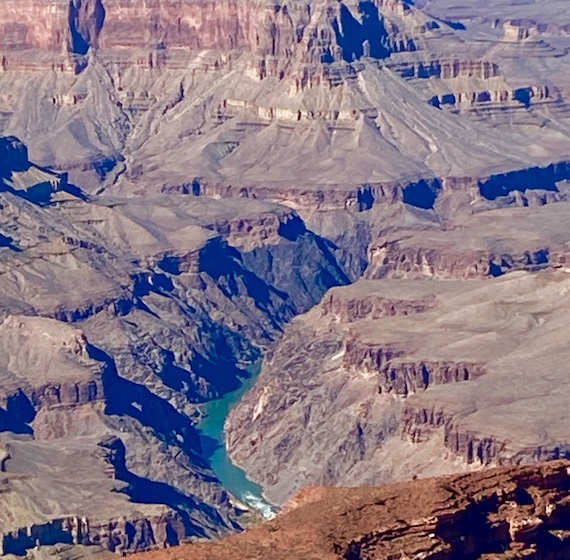
References
Carpenter, Mark A. (2020, 1 November). Forbidden Zone of The Grand Canyon: Legends, Landmarks & Lies. Ancient Origins: 17-51. Retrieved from https://www.ancient-origins.net/ancient-places-americas/grand-canyon-forbidden-zone-0014481
CNY Artifact Recovery (2013, Dec. 29). Egyptian Treasure in the Grand Canyon. Retrieved from https://cnyartifactrecovery.wordpress.com/tag/phoenix-gazette/
Lago, Don. (2009). The Origins of the Grand Canyon Egyptian Cave Myth. Grand Canyon Historical Society, 20(2), 2-11. Retrieved from http://grandcanyonhistory.org/uploads/3/4/4/2/34422134/top_2009_2.pdf
McEwen, Barry (2000, December 1). Ancient Egyptian treasures in the Grand Canyon: Suppressed archeological information and metaphysical paradox? TETRA-MATRIX@prodigy.net (McEwen). Retrieved from https://www.cyberspaceorbit.com/text/0000tx09x.html
Newswire. (2014, Sept. 12). Smithsonian’s Enigmatic Prof. Jordan, Linked to 1909 Arizona Newspaper Article, Identified. Retrieved from https://www.newswire.com/news/smithsonians-enigmatic-prof-jordan-linked-to-1909-arizona
Reyes, Anita (2019, July 19). Legend of Egyptian Artifacts in the Grand Canyon. See The Southwest. Retrieved from https://seethesouthwest.com/the-legend-of-the-egyptian-artifacts/
Wolter, Scott (2014). American Unearthed: Egyptian Treasure Discovered in the Grand Canyon (S2 E5) | Full Episode. Channel History, YouTube Video #39 https://www.youtube.com/watch?v=uPBgFAETrF4&ab_channel=HISTORY ?

